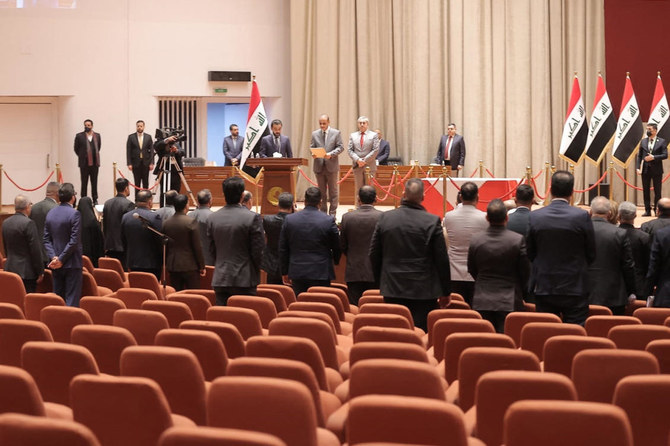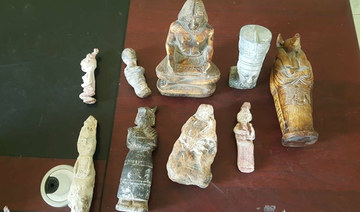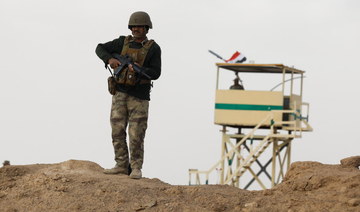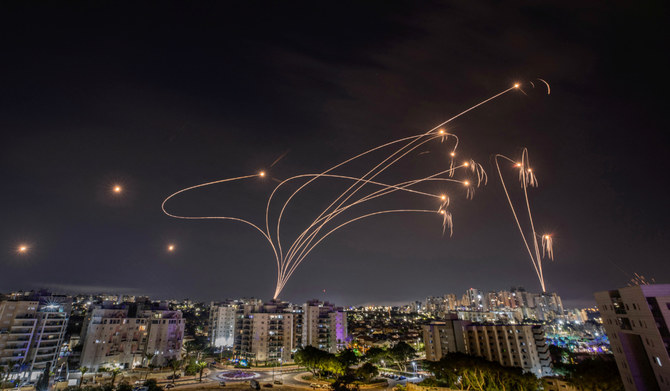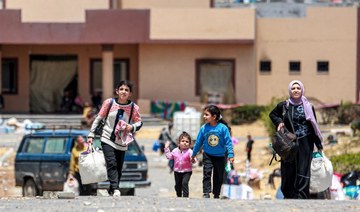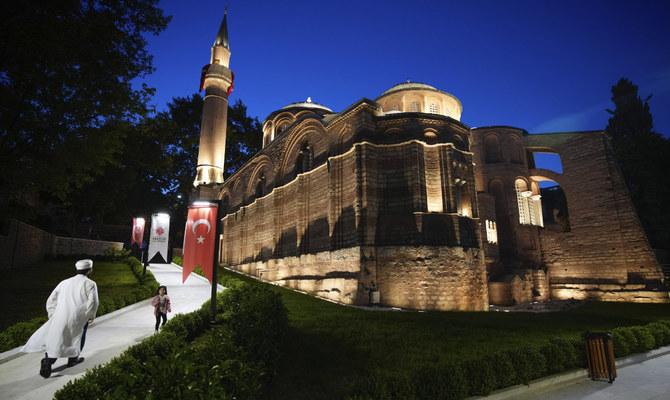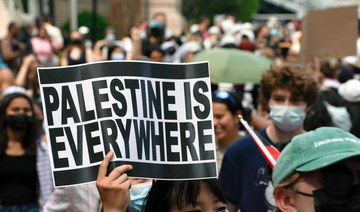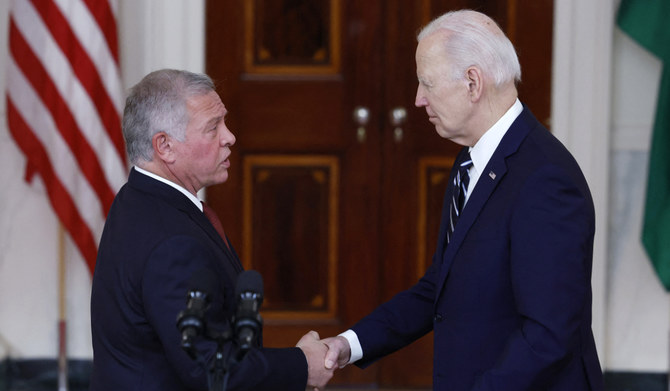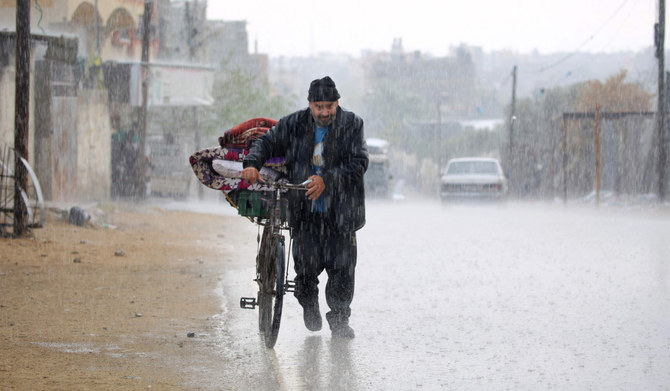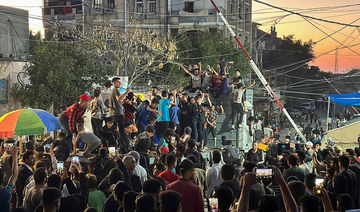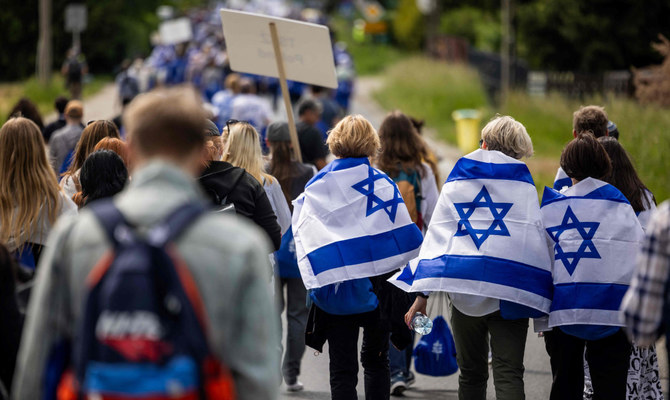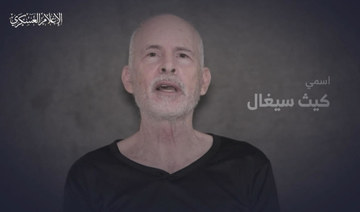JEDDAH: Political chaos in Iraq deepened on Monday when a parliamentary vote to elect a new president was called off after only 58 members out of 329 turned up for the session.
The boycott of parliament followed a ruling by the Supreme Court disqualifying former Foreign Minister Hoshyar Zebari as a presidential candidate because of corruption charges dating from 2016, when he was finance minister.
The post of president is mostly ceremonial, but the failure to elect one casts doubt on the ability of the influential Shiite cleric Moqtada Al-Sadr to push through the appointment of a prime minister and a government.
BACKGROUND
Moqtada Al-Sadr’s bloc were the big winners in the election, winning 73 seats and humiliating parties representing Iran-backed armed factions.
Zebari had been Al-Sadr’s preferred candidate to replace incumbent President Barham Saleh, but the cleric campaigned on an anti-corruption platform in last October’s parliamentary election, and on Monday he withdrew his support for the former minister. Any future president must “meet the conditions” to hold office, he said.
Al-Sadr’s bloc were the big winners in the election, winning 73 seats and humiliating parties representing Iran-backed armed factions.
Iraq normally enters months of political deadlock after each parliamentary election as the political elite jockey for positions in the new government. Iraqis are increasingly disillusioned with the political process, and accuse almost all their politicians of corruption.
Political analyst Hamzeh Hadad said: “Everyone knows how to share the pie, but no one knows how to be in the opposition.”



